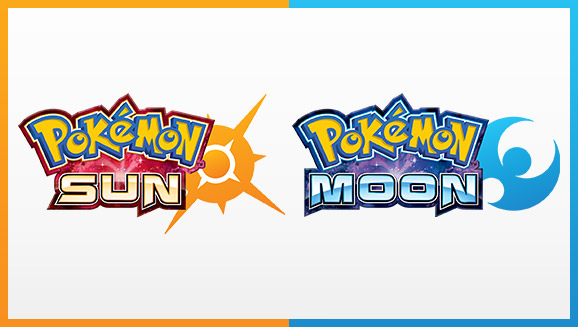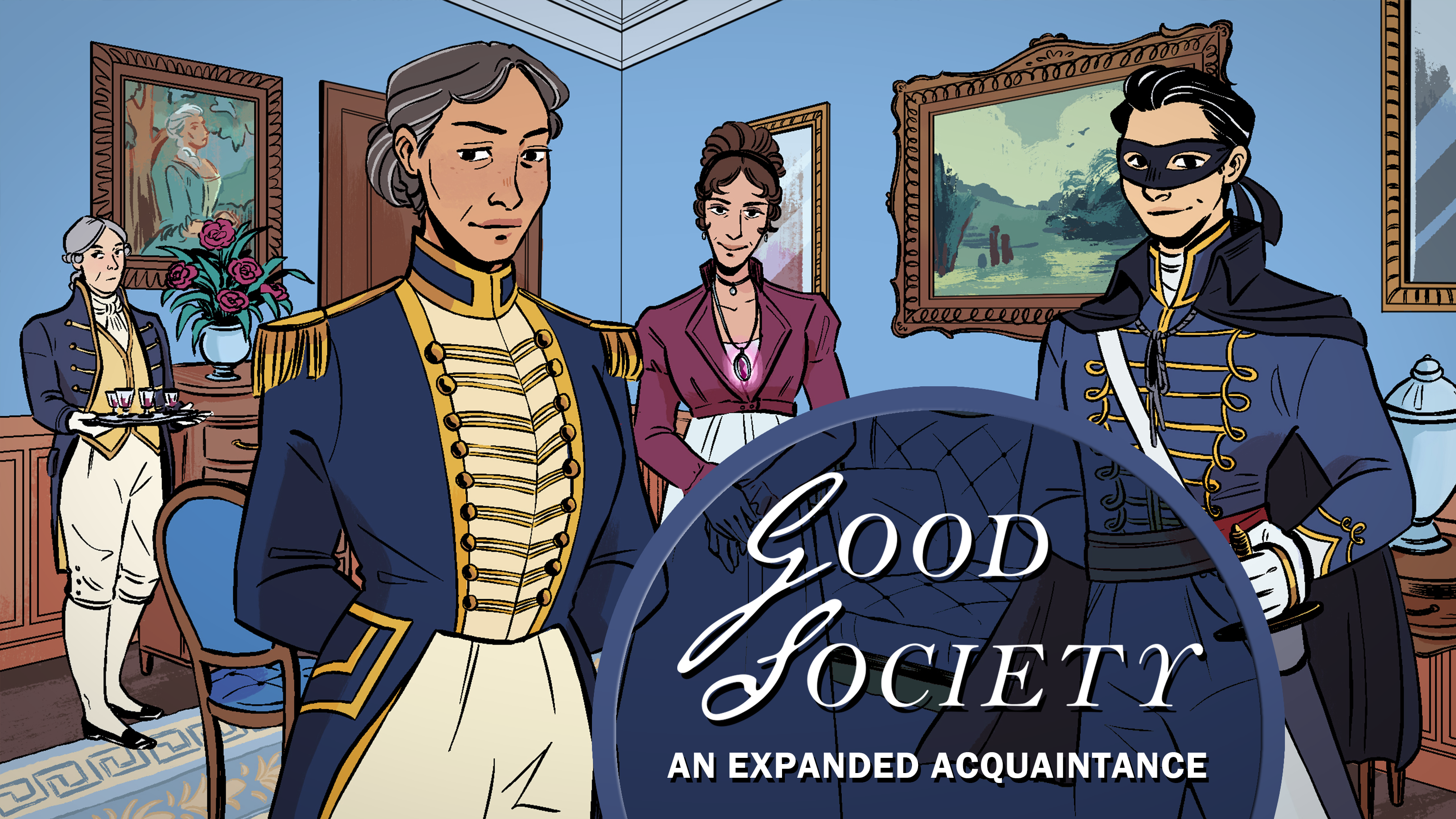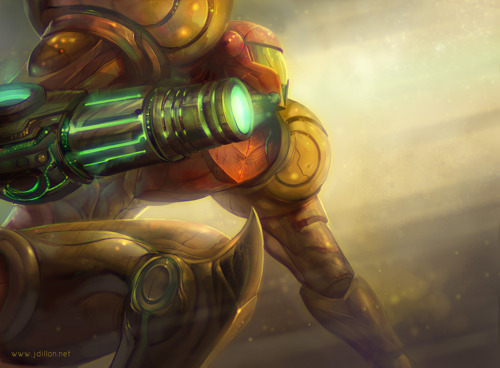At this point, more than two decades after its inception, Pokémon feels like one of those franchises that’s just going to be around forever. It has such a foothold in not only gamer culture but popular culture as a whole that it’s simply impossible for it to just disappear anymore, and many attribute its more recent successes (such as Pokémon Go) to this brand name, rather than actual quality.
But the truth is that Pokémon games are not only prolific but well-thought out and deep. Recent criticism of the series is that it’s been growing stale – how many times can we battle through eight gyms with our team of six different Pokémon in a mildly different setting?
Even as an avid fan of the series, I rarely could help but acknowledge that criticism with a shrug and, “well, sure, but I still have fun with it,” and the 2014 release of Omega Ruby and Alpha Sapphire left me feeling surprisingly lukewarm towards the series.
But Pokémon Sun and Moon are different: they actually change up the game play for a series that hasn’t seen any significant changes in over a decade.
When I was about halfway through the main story in Pokémon Sun I thought to myself, “wow, this is the most I’ve enjoyed a new Pokémon game in probably ten years.” And that’s because the changes the Pokémon Team has made to the series’ formula gives it a perfect blend of the familiar and the brand new.
The first and most obvious change is the removal of gyms, replacing them with “trials” which vary wildly not only in difficulty but the actual goal. They all inevitably involve battles in some way, but the means of getting to the battle is almost always unique. One trial has you listening to music cues and answering what the cue signifies; another has you taking pictures of elusive ghost Pokémon to help clear out a haunted supermarket. The variety gives the game a breath of fresh air that it desperately, desperately needed.
Add to that an even bigger improvement: the removal of HMs. Before, if a player wanted to get past a boulder you had to teach one of your Pokémon a move that was next to useless in battle and couldn’t be replaced except by special means. The HM system was in my opinion the worst part of all the previous Pokémon games. They stifled creativity and forced the player into a much more rigid formula for their Pokémon team. Before it was tedious and annoying to get through a Pokémon game without a water-type and a flying-type, but now they don’t feel nearly as required.
Pokémon Sun and Moon instead add the new ride system in which the player summons special Pokémon to help them traverse the landscape. Summon a Tauros to smash rocks, Machamp to shove boulders, Charizard to give you a quick lift. It’s a brilliant system and adds some visual spice to the game. It’s hard to feel anything but glee when you’re running around the world while the four-armed Machamp cradles you in its arms or when you glide peacefully through the water on the back of a Lapras.
The third big addition is the new regional variants of old Pokémon. It adds another level of excitement when you find a new version of Vulpix, who is now an ice-type instead of fire and has a shiny white coat instead of a red one. This is another great way the balance of new and old comes into play; they essentially made the old new again.
Nearly sixty hours in, and I’m still going pretty strong. The enormous Pokédex as well as the plethora of online content, battle arena, and a special epilogue story about catching extra-dimensional “ultra-beast” Pokémon make it honestly hard to put down. If I were to complain about anything in Pokémon Sun, it would be that the old Pokémon are too numerous; it was overly difficult to create a team of exclusively new Pokémon.
Pokémon Sun and Moon are the Pokémon games I’ve been wanting for years, and after the success (and pretty immediate downfall) of Pokémon Go I had been itching for a brand-new Pokémon experience. This entry delivered and then some. Once again the Pokémon Company has me in their clutches, and I wouldn’t have it any other way.
4.5 out of 5 stars





